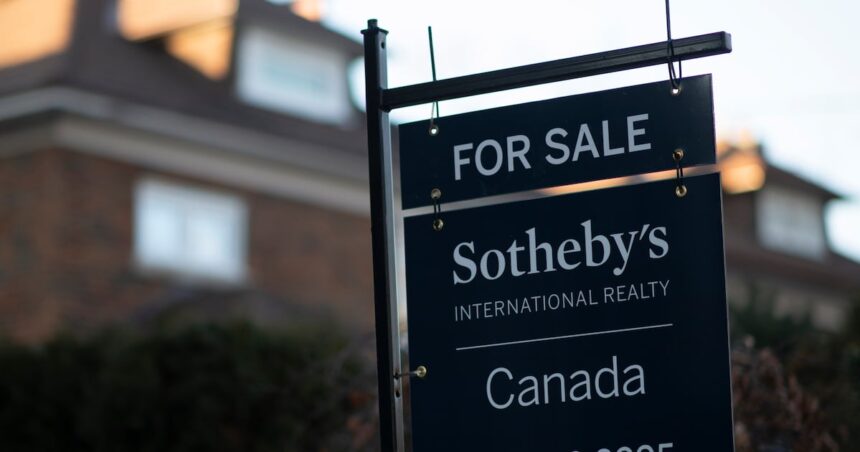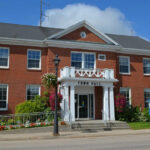While the majority of Greater Toronto Area homeowners grapple with mortgage rate uncertainty and market volatility, the ultra-luxury segment is experiencing an unexpected renaissance. Sales of properties priced above $10 million have surged 27% in the first half of 2025, defying the turbulence that has become the “new normal” in Toronto’s broader real estate landscape.
“We’re witnessing a remarkable bifurcation in the market,” explains Elaine Richardson, CEO of Platinum Estates Group. “For the ultra-wealthy buyer, interest rates are essentially irrelevant. They’re purchasing with substantial cash components or have access to private banking solutions that insulate them from conventional mortgage pressures.”
The luxury boom comes at a time when middle-market properties continue to experience price corrections. According to the Toronto Regional Real Estate Board’s latest data, homes in the $800,000 to $2 million range have seen average price declines of 6.8% year-over-year, while properties under $800,000 have decreased by 4.3%.
Forest Hill, Rosedale, and the Bridle Path remain epicenters of ultra-luxury activity, with several noteworthy transactions exceeding $15 million already recorded this year. Perhaps most surprising is the emergence of Oakville as a luxury powerhouse, where lakefront properties have commanded unprecedented premiums.
“What we’re seeing isn’t just about square footage anymore,” notes Marcus Chen, chief economist at CO24 Business. “The ultra-luxury segment has evolved to prioritize privacy, security features, and increasingly, sustainability credentials. Properties with advanced home automation, renewable energy systems, and private wellness facilities are commanding significant premiums.”
Foreign investment has played a significant but nuanced role in this trend. Despite the federal government’s continued enforcement of the foreign buyer ban for residential properties, exemptions for permanent residents and certain work permit holders have maintained a steady flow of international capital. Additionally, corporate structures have provided alternative acquisition pathways for offshore buyers particularly interested in trophy properties.
“The luxury market operates with different fundamentals,” explains Toronto-based wealth manager Sophia Patel. “These purchases represent both lifestyle acquisitions and strategic portfolio diversification. For ultra-high-net-worth individuals, Canadian real estate—particularly in Toronto—represents stability in an increasingly uncertain global landscape.”
Meanwhile, typical homeowners continue facing challenges unprecedented in Canada’s recent housing history. The Bank of Canada’s cautious approach to rate adjustments has left many in limbo, with variable-rate mortgage holders particularly exposed to ongoing payment instability.
“It’s essentially two separate markets operating under entirely different conditions,” says housing advocate Jeremy Martinez. “While discussions about affordability dominate politics and media coverage, there’s this parallel luxury market thriving in plain sight, largely disconnected from the economic realities facing most Canadians.”
Developers have taken notice of this divergence, with several major projects pivoting toward fewer, larger units with premium finishes rather than the smaller, investor-focused units that dominated pre-construction sales in previous years.
As autumn approaches—traditionally a robust season for Toronto real estate—industry watchers remain divided on whether this luxury surge represents a sustainable trend or a temporary phenomenon driven by unique economic circumstances. What remains clear, however, is that for a select segment of buyers, Toronto’s real estate market isn’t just surviving—it’s thriving.
In a city increasingly defined by economic disparities, does the booming ultra-luxury market represent an anomaly to be celebrated, or a concerning symptom of broader inequality reshaping Canada’s largest metropolitan area?

























